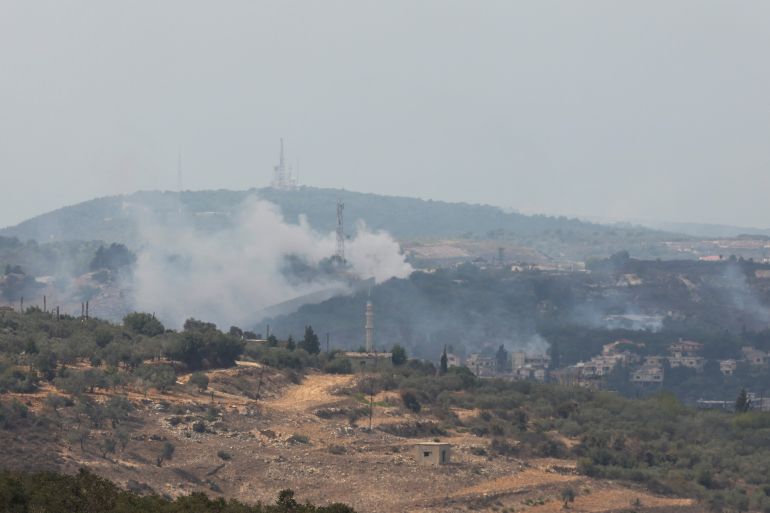Internal Displacements Surge in Lebanon Amid Border Tensions
Amidst rising tensions near the Israel-Lebanon border following the Israel-Hamas conflict, Lebanon has witnessed a staggering increase in internal displacements. More than 19,000 people have been forced to flee their homes in Lebanon since early October, according to the United Nations migration agency. The situation remains fluid and volatile, with no immediate signs of de-escalation.
Humanitarian Concerns Intensify as Conflict Rages On
As cross-border tensions persist, the International Organization for Migration (IOM) reports that 19,646 individuals have been displaced within Lebanon since the agency started monitoring movements on October 8. These displacements are primarily from the southern regions of Lebanon, but people from other areas have also been on the move. The IOM warns that these numbers are likely to rise as the hostilities continue, compounding the already dire situation.
Impact on Host Communities and the Wider Region
The displacement crisis adds significant strain to the already deteriorating situation in Lebanon. The country has been grappling with an economic crisis, soaring poverty rates, and now faces the added challenge of providing for those internally displaced. Lebanon’s resources and infrastructure are stretched thin, as families host the displaced, and schools are converted into temporary shelters.
Tensions along the Israel-Lebanon border have reached a boiling point, with profound humanitarian implications as thousands of individuals find themselves displaced from their homes. The situation has been exacerbated by the conflict between Israel and Hamas, which began when Hamas launched an attack on Israel, leading to a swift and forceful Israeli response.
Since October 8, the International Organization for Migration (IOM) has been tracking the movements of internally displaced people in Lebanon. Their latest data reveals that more than 19,000 people have been displaced within the country. Most of these displacements have been observed in southern Lebanon, where people are fleeing the escalating tensions. However, movements have also been recorded from other areas in the country.
“We expect the numbers to rise as the cross-border tensions continue,” warns IOM spokesperson Mohammed Ali Abunajela. The situation is further compounded by the backdrop of an ongoing conflict, with Israeli authorities reporting at least 1,400 casualties, mainly civilians, from the Hamas attack. In response, Israel has relentlessly bombarded Gaza, resulting in more than 5,000 casualties, the majority of whom are civilians, according to Palestinian authorities.
The conflict between Israel and Hamas has had far-reaching consequences beyond the Gaza Strip, particularly in southern Lebanon. The Iran-backed Hezbollah group, based in southern Lebanon, has intensified its attacks on Israeli targets. In turn, Israel has conducted cross-border strikes and bombardments on Lebanese territory. Palestinian groups, with support from Hezbollah, have also made limited infiltration attempts into Israel.
These developments have raised concerns of potential escalation. There are fears that armed groups may become involved in support of Hamas, particularly if Israel launches a ground invasion of Gaza. Hezbollah, for example, reports that 27 of its fighters have already been killed in the clashes since October 7. Lebanese security sources confirm that 11 fighters from Palestinian groups in Lebanon, aligned with Hezbollah, have also lost their lives.
In Israel, several communities near the border have been instructed to evacuate due to the heightened risk. Meanwhile, thousands of people in Lebanon have fled border towns to seek refuge in other parts of the south or have moved closer to the capital, Beirut.
Inaya Ezzeddine, a lawmaker from Tyre, a coastal city 18 kilometers from the border, expressed her concern about the strain on families hosting the displaced and the Lebanese government. The country is already grappling with an economic crisis, which makes it challenging to provide for those who have been forced to flee.
“This war is happening amid a very big economic crisis, and people don’t have provisions,” Ezzeddine explained. She noted that around 6,000 people have sought refuge in Tyre, and some schools have been converted into temporary shelters, further complicating the education system.
As the conflict persists, the situation in the region remains highly volatile and uncertain. The international community closely monitors the evolving crisis, with hopes for a swift resolution to prevent further displacement and suffering in the region.
















